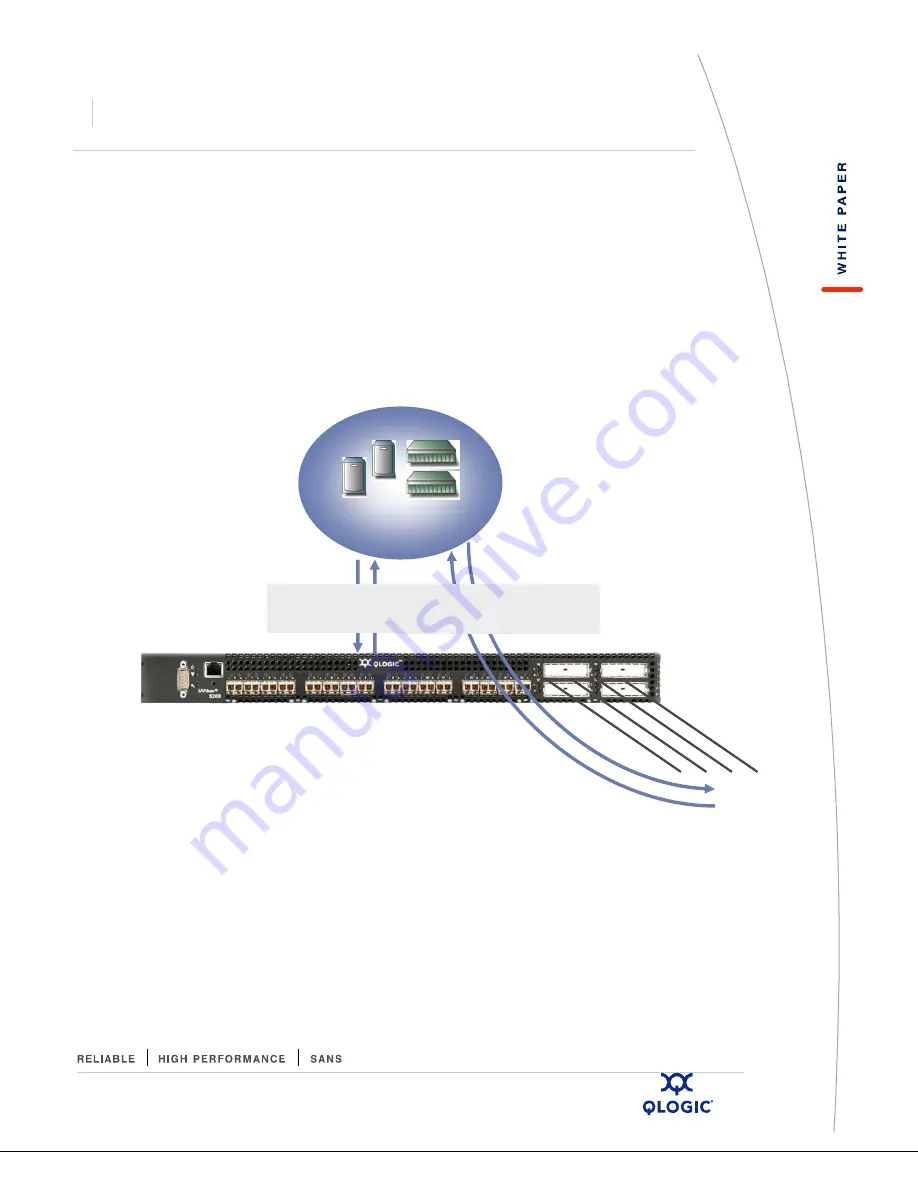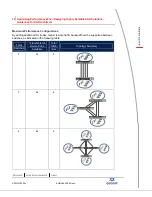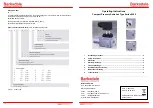
5
Optimizing Performance When Designing Highly Scalable SAN Solutions:
Guidelines for SAN Architects
SPG-WP06004 SN0130924-00
Rev
A
Examples of Rule B: Remote/ISL Traffic
Per Rule B, the total amount of remote traffic must be less than or equal to the capacity of
the ISLs/trunks to avoid oversubscription. Therefore, network traffic must be balanced
across the SAN to ensure maximum performance using the ISLs.
Maximum ISL Traffic Load for 4Gb Stackable Switch
In the example shown below, using a SANbox 5602 stackable 4Gb switch, the 10Gb trunks
(actual bandwidth capability is 12Gb/sec) can support about
75%
of the theoretical traffic
load to/from the attached server and storage devices. Due to the high capacity of these
ISLs/trunks,
stackable solutions allow for scaling up to large port counts while
maintaining high performance
.
ISLs support 75% of total
theoretical data traffic
(from attached server and
storage devices)
•
Max theoretical bandwidth from devices is:
16 ports x 4Gb/sec speed x 2 (full duplex) = 128 Gb/sec
•
Max theoretical bandwidth of ISLs/trunks is:
4 ports x 12Gb/sec x 2 (full duplex) = 96 Gb/sec
•
ISL capacity (96 Gb/sec) is 75% of theoretical device bandwidth (128 Gb/sec).
Traffic Calculation
Traffic To “Remote”
Devices over ISLs
Server and Storage
Devices
Traffic To “Local”
Devices





























